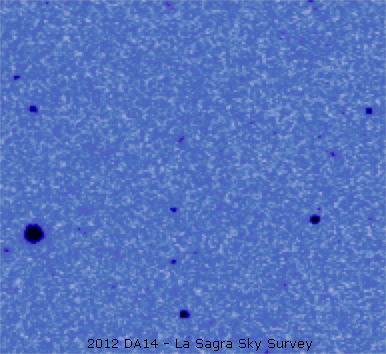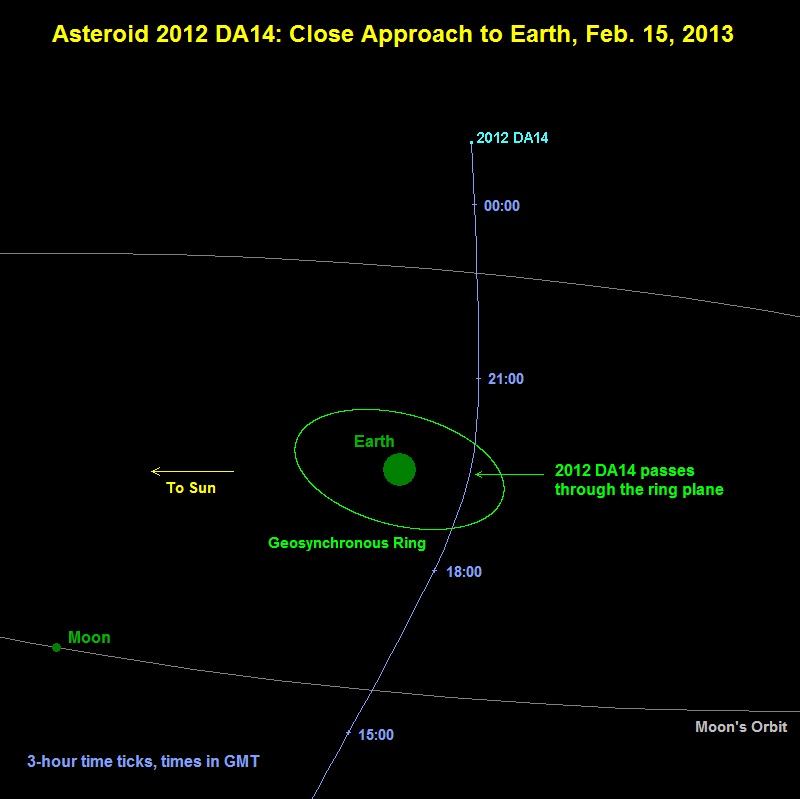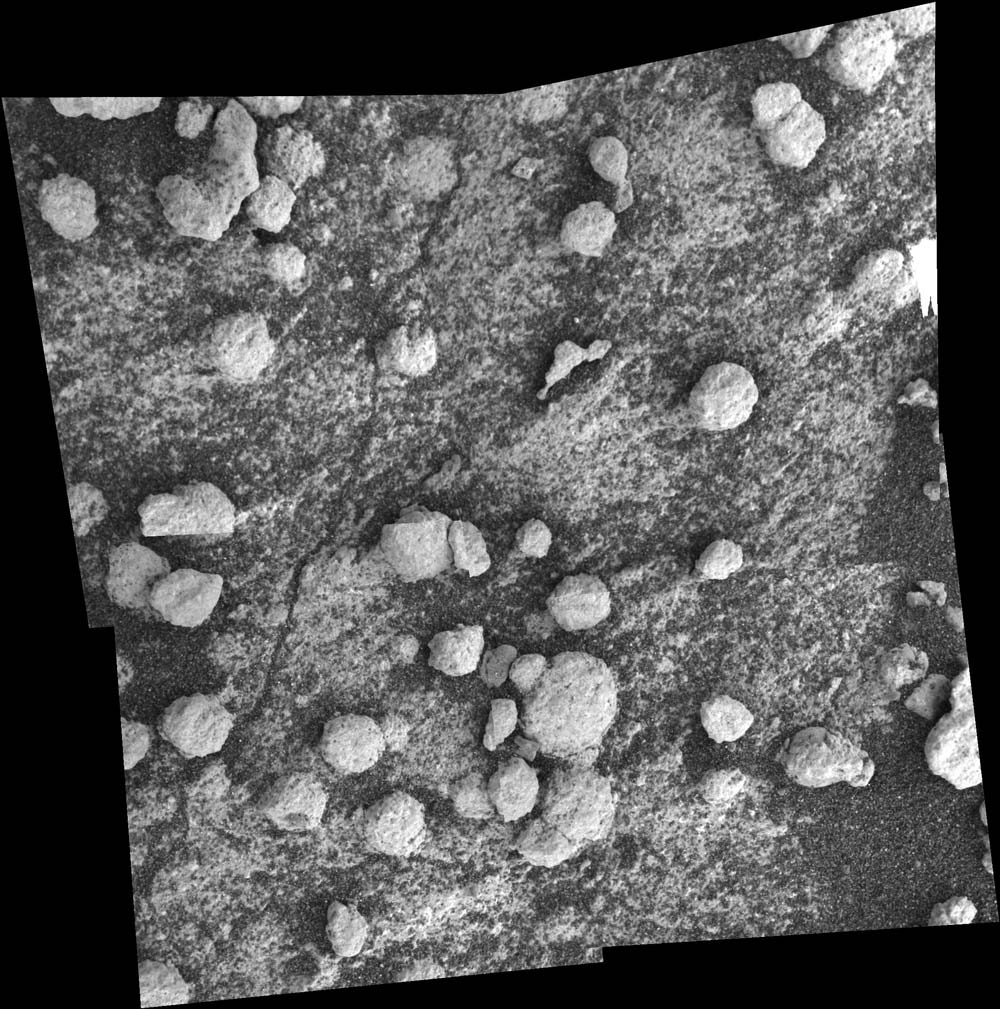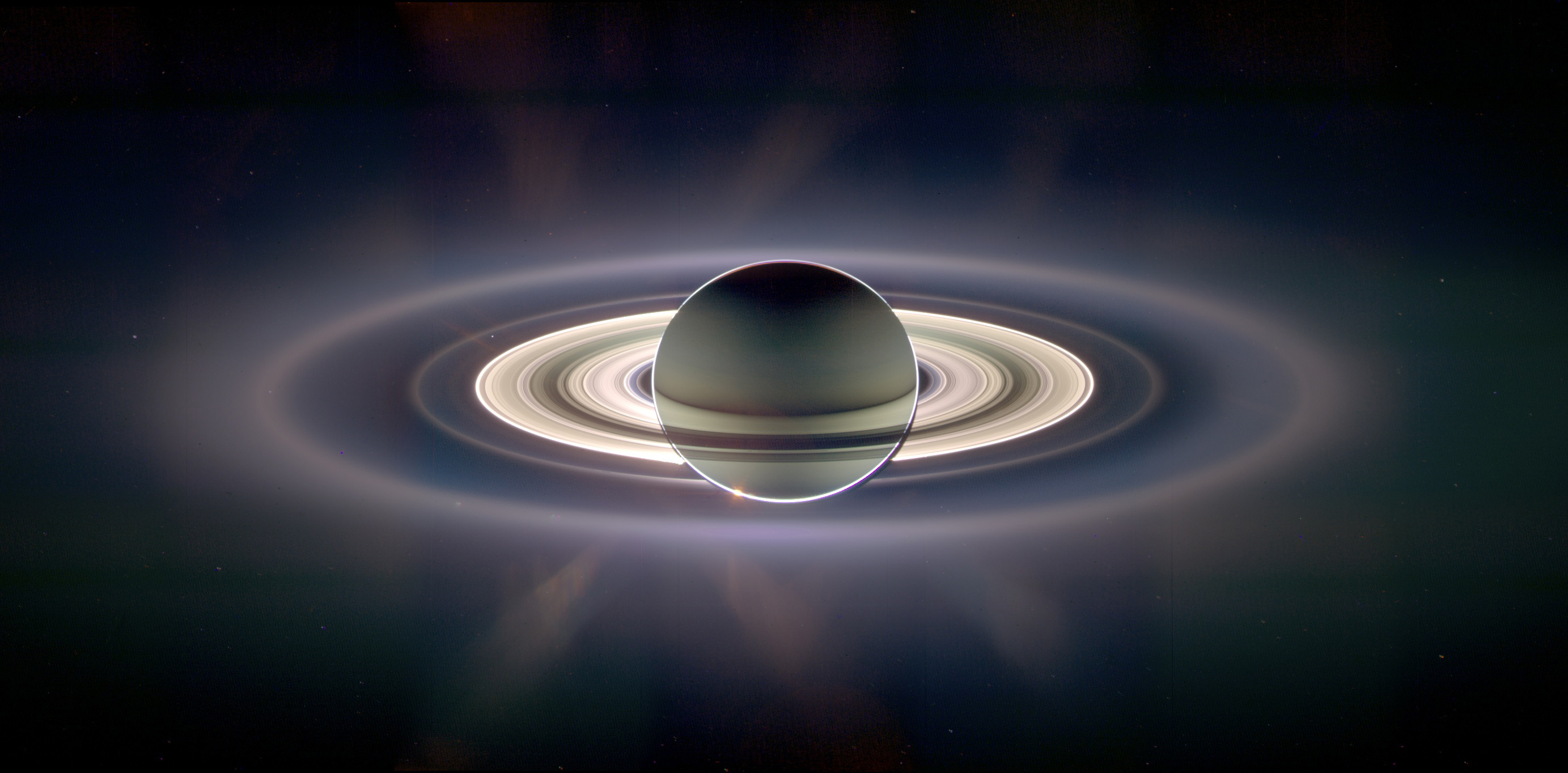Porn Stars in Space
Coco Brown is aiming to be the first adult film actress in space. She is one of those queueing to being amongst the first of the new breed of Space Tourists.
Coco Brown is aiming to be the first adult film actress in space. She is one of those queueing to being amongst the first of the new breed of Space Tourists.
There are a number of companies aiming to provide space trips, all with different themes and of course…price tags. Including Virgin Galactic’s “VSS Enterprise” – really?!? This is an addition to the private companies that NASA is using or looking at to replace the Shuttle, such as SpaceX’s Dragon capsule.
Of course if you want the full to the Moon and Back experience, then for a mere $100 million Space Adventures Ltd can help you out.
Coco hasn’t commented whether she is looking forward to be taken to the Heaven and back…
“Trying to have sex in space is a little difficult, especially if you're going to do Zero G. You just really don't that much control. People have to learn how working in no gravity functions before you do a porn there."
Though if she did want to try sex in Zero gravity she wouldn’t be the first. Twenty seconds of the adult film, "The Uranus Experiment: Part 2" were filmed in actual weightlessness. I’ll let you look up the link for that one….
According to The Sun she said “I’m an adventurous person and I thrive off of excitement. I’m ready to do something that many would never attempt” We can only presume she’s talking about her trip.
Universe in 1 Minute
So with Prof Cox trying to explain the universe, life, 42 and anything else the BBC science dept can think of that isn’t stepping on David Attenborough’s toes, I thought I’d cut through the detail and give you the extremely potted 1minute story of the Universe…. Although I might cover this a bit more fully at a future date...
So with Prof Cox trying to explain the universe, life, 42 and anything else the BBC science dept can think of that isn’t stepping on David Attenborough’s toes, I thought I’d cut through the detail and give you the extremely potted 1minute story of the Universe…. Although I might cover this a bit more fully at a future date...
If you've got any thoughts or ideas on things you'd like me to post about, then feel free to leave comments below...




